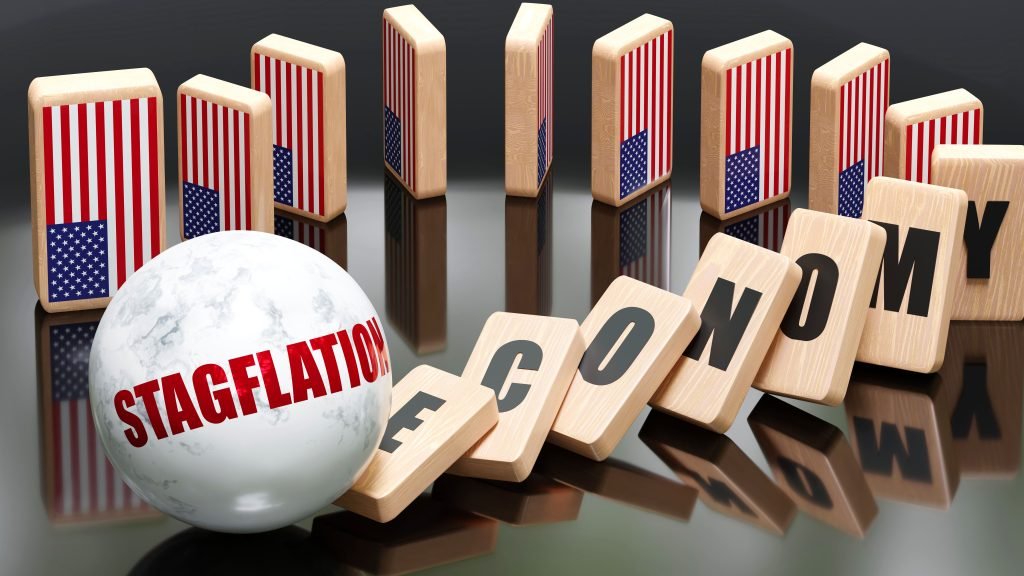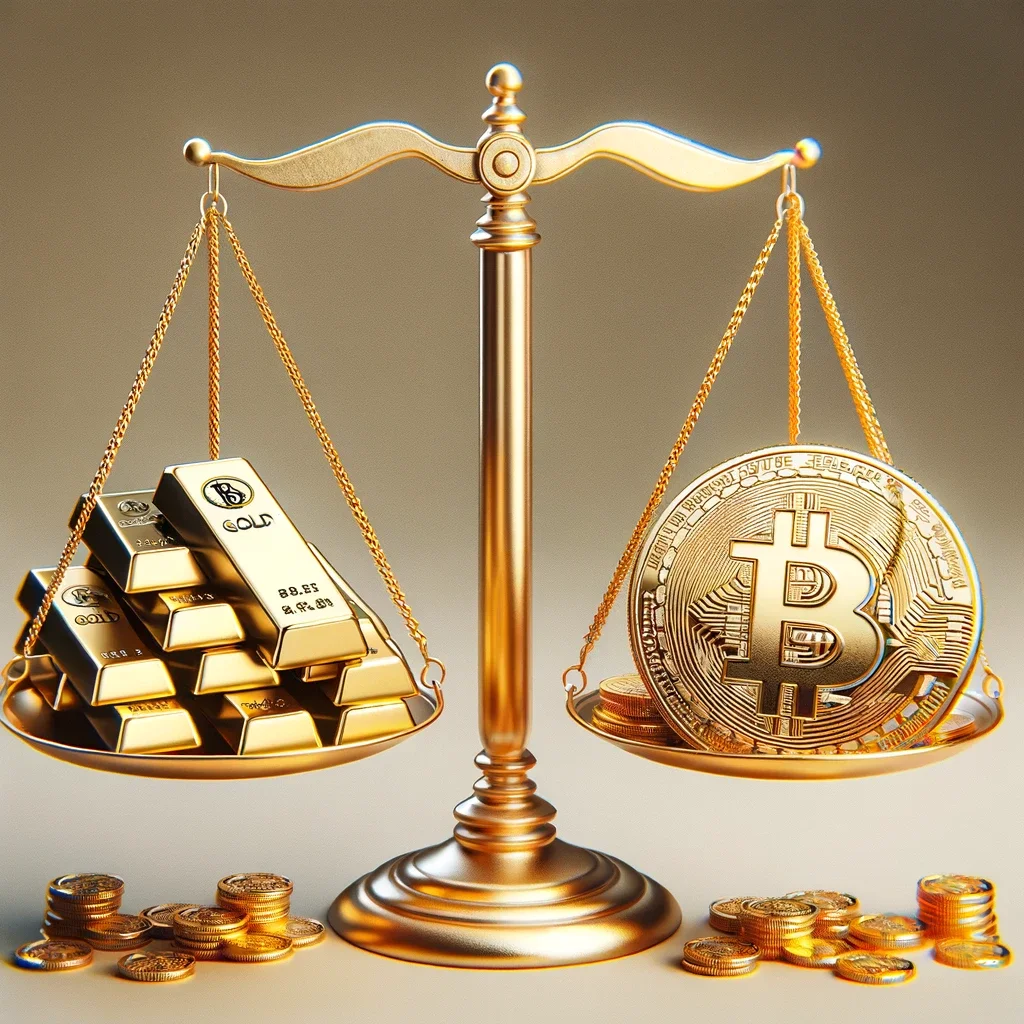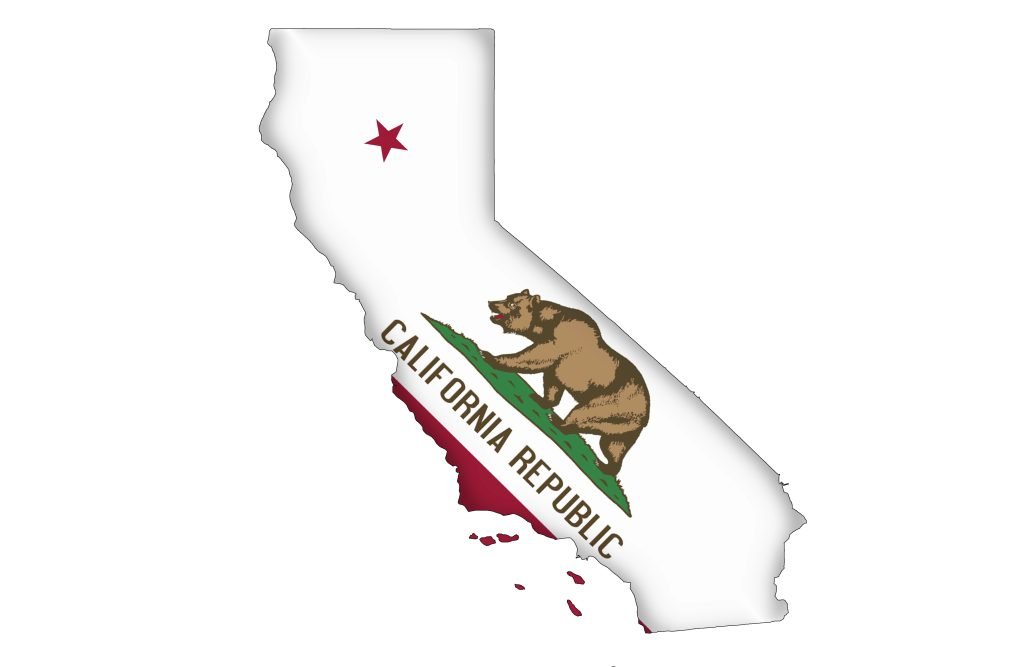June 25, 2015
Bali, Indonesia
In late June 1997, eighteen years ago, this part of the world felt pretty normal.
People had jobs. Inflation was fairly low. The economy was growing. Confidence was high. Life was great.
For years, most of the economies across Asia had seen meteoric, credit-fueled growth. Capital was pouring in from all corners of the globe, feeding a construction boom and stock frenzy.
Property prices soared. Stock prices soared. It was a classic bubble.
My friends who have been living in the region for decades tell me stories about how people bought property with the expectation to flip it and make a 50% return in no time.
Or they’d invest in the stock market without the slightest bit of analysis, simply because ‘stocks go up.’
That was the prevailing attitude in Asia back then– this time is different, and the good times will last forever.
But it all unraveled, practically overnight.
Thailand was hit first when a nasty currency swing caused the economy to practically grind to a halt. And the pain quickly spread to the rest of the region.
The local currency here in Indonesia, the rupiah, plunged 83% from its pre-crisis levels.
Dozens of banks went under, credit dried up, and many depositors got wiped out.
Then something interesting happened: the Indonesian economy simultaneously experienced BOTH inflation AND deflation.
On one hand, asset prices collapsed. Stocks dropped like a rock, and people felt much more poor.
But as the currency fell, suddenly imports became MUCH more expensive. So retail prices actually increased as consumers paid more, especially for imported goods.
This is about the worst economic scenario imaginable– asset prices falling with retail prices rising. But it happened.
Three important lessons I’d like to highlight:
1) Perhaps the great financial debate of our time is whether the unprecedented monetary expansion over the last several years will result in inflation OR deflation.
There are many a brilliant mind firmly entrenched in one camp or the other.
And the point is, there could easily be BOTH.
2) No one can predict precisely WHEN a correction will occur. But when the great unraveling does unfold, history shows that it happens very quickly.
3) People allow themselves to believe impossible things.
They’ll believe that asset prices can, will, and SHOULD go up forever.
They’ll believe that conjuring trillions of dollars out of thin air is consequence-free.
But they refuse to believe in the possibility that something will go wrong.
This time is never different.








